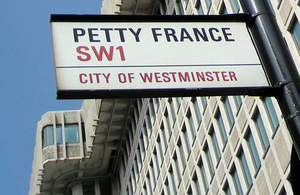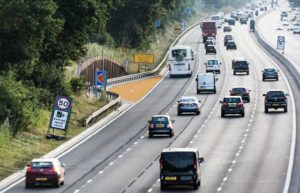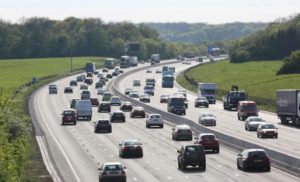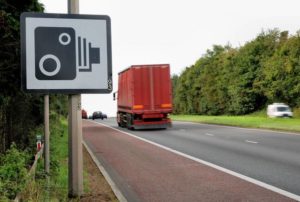From:
- Ministry of Justice
- Part of:
- Road safety, Sentencing reform, and Criminal justice reform
- Published:
- 15 October 2017
Ministers confirm plans to introduce tougher sentences for those who drive irresponsibly and devastate lives.

- life sentences will be introduced for those who cause death by dangerous driving, and for careless drivers who kill while under the influence of drink or drugs
- new offence of causing serious injury through careless driving to be created
- part of government action to make roads safer for all and stop devastation caused by dangerous drivers and cyclists
Killer drivers face life behind bars after plans to increase maximum sentences received resounding support from families and campaigners.
Ministers today confirmed that drivers who cause death by speeding, racing, or using a mobile phone could face sentences equivalent to manslaughter, with maximum penalties raised from 14 years to life.
Offenders who cause death by careless driving while under the influence of drink or drugs will also face life sentences, and a new offence of causing serious injury by careless driving will be created.
The move comes after an overwhelming response to a government consultation which revealed substantial backing for the plans from a wide range of people including victims, bereaved families and road safety experts.
Today Ministers are announcing the outcome and confirmed the introduction of much tougher penalties as part of wider action across government to clamp down on dangerous, criminal behaviour on our roads.
Justice Minister Dominic Raab said:
We’ve taken a long hard look at driving sentences, and we received 9,000 submissions to our consultation. Based on the seriousness of the worst cases, the anguish of the victims families, and maximum penalties for other serious offences such as manslaughter, we intend to introduce life sentences of imprisonment for those who wreck lives by driving dangerously, drunk or high on drugs.
On the new offence of causing serious injury by careless driving, Dominic Raab said:
We will introduce a new offence of causing serious injury by careless driving, punishable by imprisonment, to fill a gap in the law and reflect the seriousness of some of the injuries suffered by victims in this category of case.
The measures were confirmed in a government response to a consultation which will be published tomorrow (Monday 16 October 2017). The consultation sought views on whether current maximum penalties available to the courts should be increased, and received over 1,000 replies in just three days when launched in December 2016 – reaching more than 9,000 when it closed in February 2017.
The proposals confirmed today include:
- increasing the maximum penalty for causing death by dangerous driving from 14 years to life
- increasing the maximum penalty for causing death by careless driving whilst under the influence of drink or drugs from 14 years to life
- creating a new offence of causing serious injury by careless driving
In 2016, 157 people were sentenced for causing death by dangerous driving, with a further 32 convicted of causing death by careless driving whilst under the influence.
Todays announcement delivers on the governments pledge to consider the sentencing powers available to the courts for the most serious driving offences – making sure that punishment reflects the harm caused to victims and their families.
The move forms part of government wide action to improve safety for all road users, following recent devastation caused by irresponsible motorists and dangerous cyclists.
Last month the Department for Transport (DFT) launched an urgent review to consider whether a new offence equivalent to causing death by careless or dangerous driving should be introduced for cyclists.
Source: Version:1.0 StartHTML:000000231 EndHTML:000006614 StartFragment:000006441 EndFragment:000006539 StartSelection:000006441 EndSelection:000006539 SourceURL:https://www.gov.uk/government/news/life-sentences-for-killer-driversLife sentences for killer drivers – GOV.UK


 Highways England also hopes the new design will encourage drivers to only use the areas in emergency situations.
Highways England also hopes the new design will encourage drivers to only use the areas in emergency situations.




